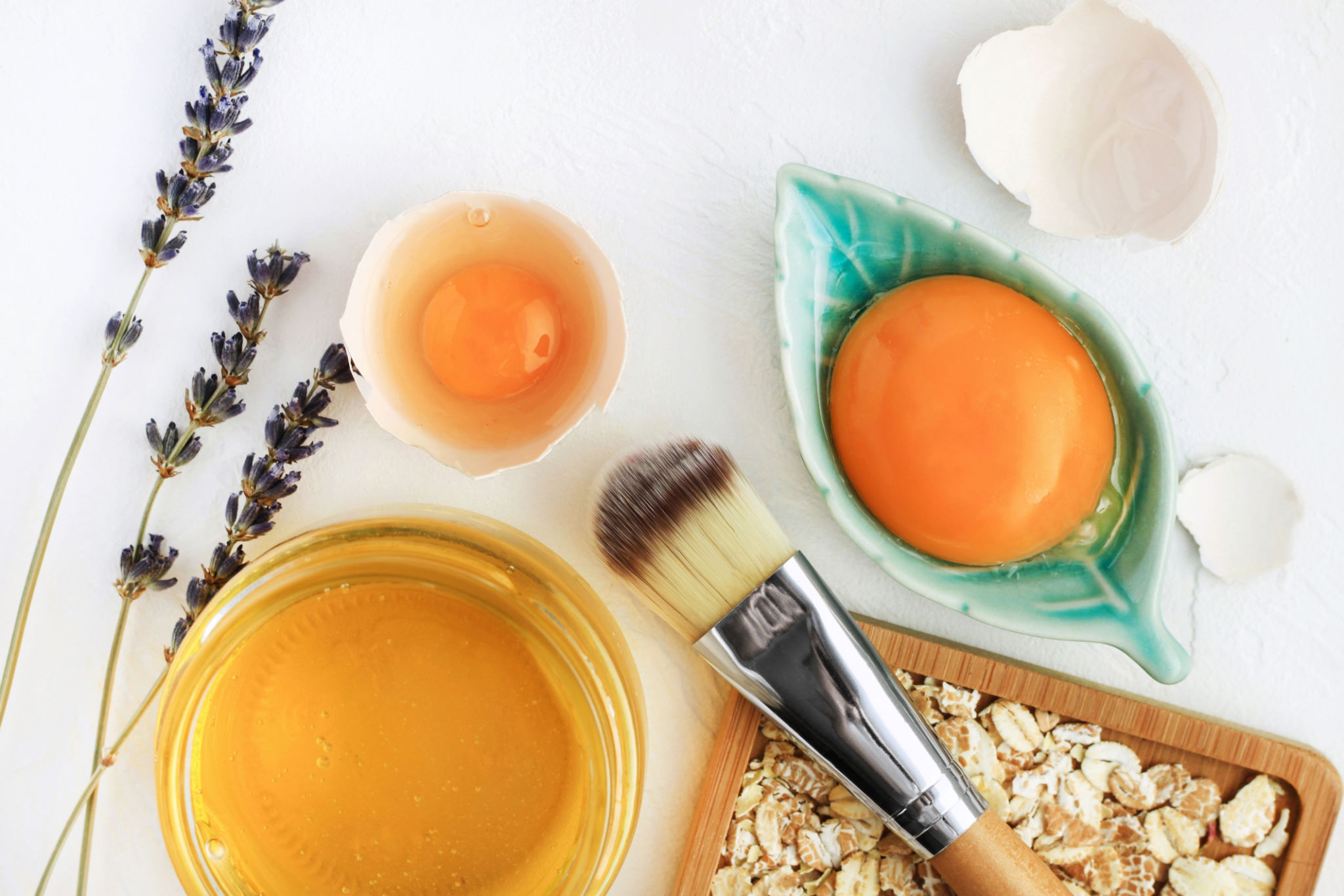DIY Natural Facials: What Ingredients to Use and Avoid
Introduction to DIY Natural Facials
Indulging in a facial treatment doesn’t always require a trip to the spa. With the right ingredients, you can pamper your skin from the comfort of your home. DIY natural facials are an excellent way to give your skin a healthy glow without the use of harsh chemicals. However, it's crucial to know which ingredients are beneficial and which ones to avoid.

Beneficial Ingredients for Natural Facials
When selecting ingredients for a DIY facial, it’s important to choose those that nourish and revitalize the skin. Here are some top picks:
- Honey: Known for its moisturizing and antibacterial properties, honey can help soothe and hydrate the skin.
- Aloe Vera: This plant is famed for its soothing and healing capabilities, making it ideal for sensitive or sunburned skin.
- Oatmeal: A gentle exfoliant, oatmeal helps remove dead skin cells and can calm irritated skin.
These ingredients can be mixed and matched to create a variety of masks that target different skin concerns.
Ingredients to Avoid
While many natural ingredients are safe, some can cause irritation or allergic reactions. Here are a few you might want to steer clear of:
- Lemon Juice: Although a common DIY ingredient, lemon juice can be too acidic for some skin types, leading to irritation or increased sensitivity to sunlight.
- Baking Soda: Often used as an exfoliant, baking soda can disrupt the skin’s natural pH balance and cause dryness.
- Cinnamon: While it has antibacterial properties, cinnamon can be too harsh and cause irritation, especially on sensitive skin.

Creating Your Own Facial at Home
Once you’ve chosen the right ingredients, creating a facial treatment is easy. Start by cleansing your face with a gentle cleanser to remove dirt and oil. Next, apply your homemade mask evenly across your face, avoiding the eyes. Let it sit for about 15-20 minutes before rinsing off with lukewarm water.
After rinsing, apply a moisturizer to lock in hydration. This routine can be customized based on your skin’s needs and should leave your face feeling refreshed and rejuvenated.
Benefits of DIY Natural Facials
DIY facials offer a range of benefits. They allow you to control what goes onto your skin, reducing exposure to potentially harmful chemicals found in some commercial products. Additionally, they can be more economical than store-bought options and provide a personalized skincare experience tailored to your specific needs.

Conclusion
Creating a DIY natural facial is a therapeutic process that not only benefits your skin but also allows for some much-needed self-care time. By understanding which ingredients to use and avoid, you can ensure that your homemade treatments are both effective and safe. So next time you want to pamper yourself, consider reaching for those natural ingredients in your pantry!